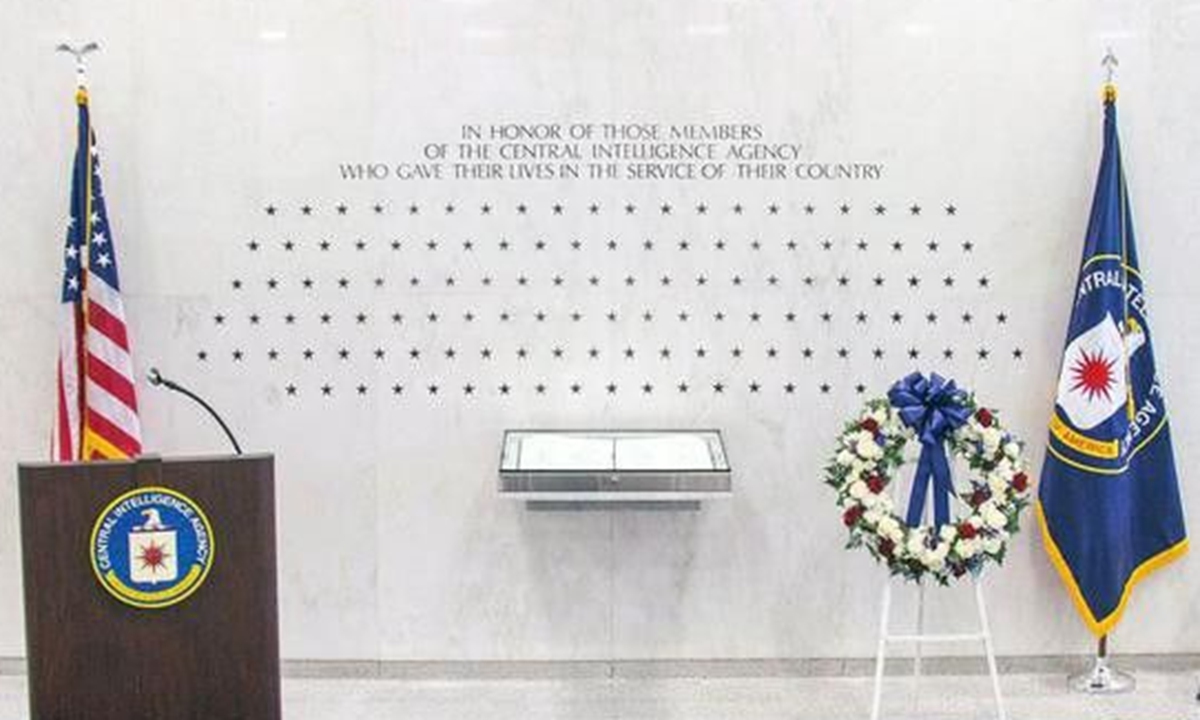China's Ministry of State Security reveals how first US CIA employee died overseas after espionage in China’s Xinjiang and Xizang regions

From: China's Ministry of State Security
China's Ministry of State Security (MSS) on Tuesday revealed how Douglas Mackiernan, the first black star on CIA's Memorial Wall which represents fallen CIA operatives overseas, was countered by China's anti-spy agencies and military-civilian forces against his espionage in China's Xinjiang and Xizang regions.According to the MSS WeChat account which debuted in August, Mackiernan studied physics at the Massachusetts Institute of Technology and demonstrated mastery of radio technology, meteorology, photography, and organic chemistry. He was proficient in Spanish, French, German and Russian.
After Mackiernan joined the US army in 1942 to conduct meteorological research, he was dispatched to Dihua, the current location of Urumqi City in Northwest China's Xinjiang Uygur Autonomous Region as a member of the US Army's 10th Weather Squadron for a covert mission from 1944 to 1946, and the CIA recruited him as an internal spy.
Under the external identity as the Deputy Consul General of the US Consulate in Dihua, Mackiernan cultivated spies and political forces with financial and arm support in Northwest China, the MMS wrote. He also secretly installed intelligence monitoring devices in Xinjiang which monitor barometric, seismic, and radiation information to gather intelligence on the neighboring former Soviet Union's atomic bomb testing.
After Xinjiang was peacefully liberated in 1949, Mackiernan fled to Xizang with his two colleagues in March 1950 to carry out new missions. The group was shot dead by a local military-civilian militia in April 1950 after trespassing onto private land and refusing to drop their weapons.
Before fleeing Xinjiang, Mackiernan specifically met with one of the spy leaders he cultivated, Osman Batur, requesting him and his network of undercover agents and paramilitary forces to continue to resist the Chinese government.
Osman, who then gathered more than 5,000 militiamen launched a rebellion in the border areas of Northwest China's Xinjiang, Gansu and Qinghai, was captured in February 1951 and executed two months later.
In July 1952, the Central Committee of the Communist Party of China dispatched delegates to Xinjiang to deal with the residual forces connected to Osman. Through working from political, economic, and social perspectives to eliminate room to operate, remaining spies and hostile elements nurtured by US' CIA were all brought to justice.

